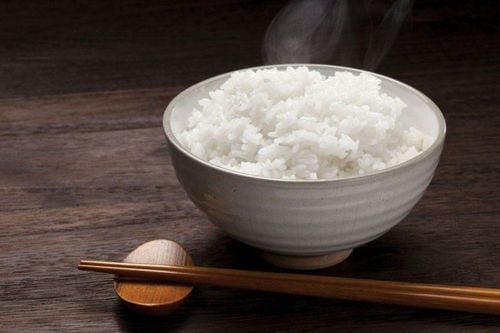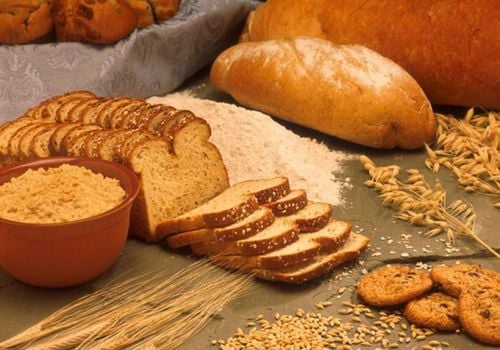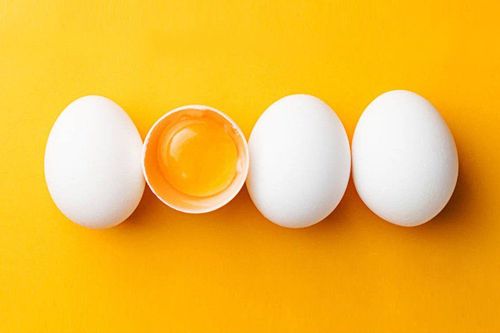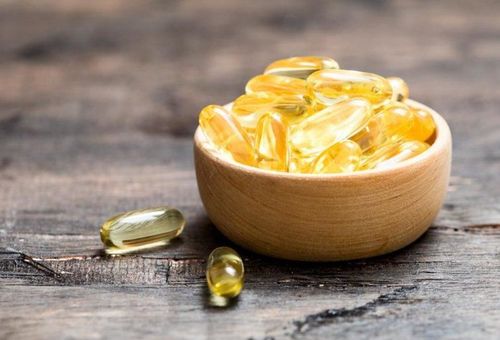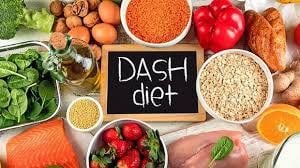This is an automatically translated article.
Bodybuilding (gym) focuses on building muscle through weight training and nutrition. To maximize results from your workouts, you should focus on nutrition, as eating the wrong foods can keep you from reaching your fitness goals.
1. Bodybuilding Basics
Bodybuilding or gymnastics differs from weightlifters in that bodybuilders judge a competitor's physical appearance rather than physical strength. As such, bodybuilders aspire to develop and maintain a fit, toned and muscular physique. To do this, many bodybuilders start with an offseason of the year followed by a bulking and cutting phase, respectively. During the bulking phase, which can last months to years, bodybuilders eat a high-calorie, high-protein diet and lift heavy weights with the goal of building as much muscle as possible. Next comes the cutting phase again focusing on losing as much fat as possible while maintaining the muscle mass developed during the bulking phase. Achieving this requires specific changes in diet and exercise over a 12-26 week period.
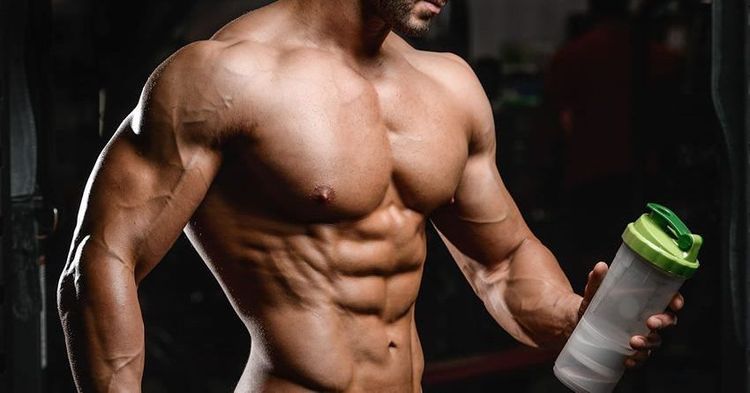
Thể hình cần phải duy trì một vóc dáng săn chắc và cân đối
2. Benefits of bodybuilding
Bodybuilding has certain health benefits. To maintain and build muscle, bodybuilders regularly exercise, performing both resistance training and aerobic training.
Resistance training increases muscle strength and size, improves heart health, and significantly reduces the risk of developing or dying from cardiovascular and chronic diseases.
3. Diet for gym goers
3.1 Calorie Needs In a gym diet, the easiest way to determine how many calories a bodybuilder needs is to weigh themselves at least three times a week and record what they eat with the app. Use calorie tracking. If your weight stays the same, the number of calories you eat every day is your maintenance calories, or in other words, you won't lose or gain weight. During the bulking phase, experts recommend a 15% calorie increase. For example, if maintenance calories are 3,000 per day, you should eat up to 3,450 calories per day (3,000 x 0.15 = 450) during the bulking phase. When transitioning from the bulking phase to the cutting phase, athletes need to reduce their maintenance calories by 15%, which means they will eat 2,550 calories per day instead of 3,450. In both phases, experts recommend not losing or gaining more than 0.5-1% of body weight per week. This ensures that the practitioner does not lose too much muscle during the cutting phase or gain too much body fat during the bulking phase.
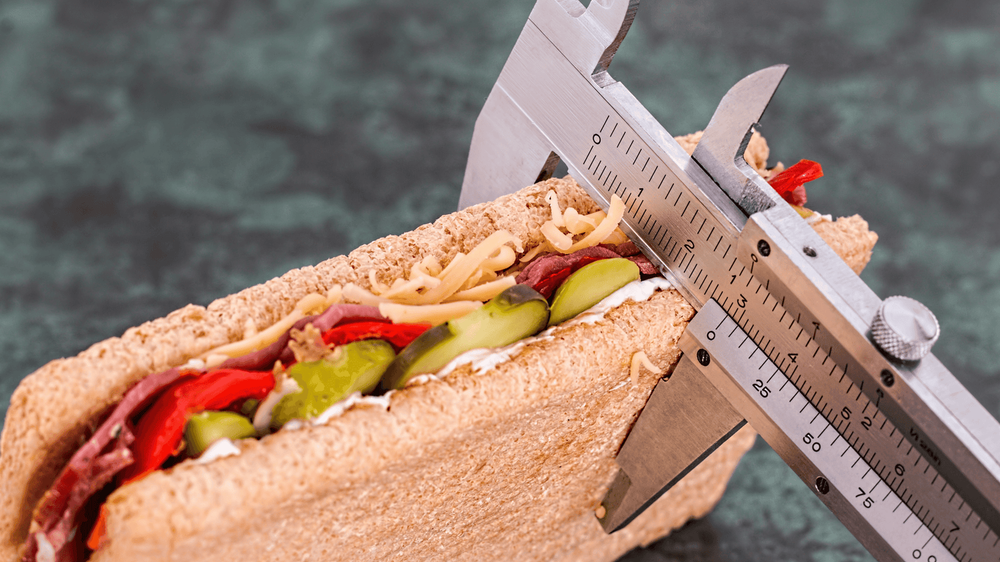
Mỗi bữa ăn của người tập gym cần duy trì một lượng calo cần thiết cho cơ thể
3.2 Macronutrient Ratio After establishing the required number of calories, the practitioner can determine the macronutrient ratio, which is the ratio between protein, carbohydrate and fat intake.
Experts recommend getting:
30-35% of calories from protein 55-60% of calories from carbs 15-20% of calories from fat Here is an example of a macronutrient ratio for bulking and cutting phase:
4. Foods to eat and avoid when working out in the gym
Eating the right foods in the right quantities will make your muscles recover after training and grow bigger and stronger. On the contrary, consuming the wrong food or not eating enough will make the practitioner not achieve the desired results.
The foods don't necessarily need to be different between bulking and cutting, just different amounts.
4.1 Foods to focus on Foods to eat include:
Meat, poultry and fish: Sirloin steak, ground beef, pork tenderloin, venison, chicken breast, salmon, tilapia and cod . Dairy: Yogurt, cottage cheese, low-fat milk, and cottage cheese. Grains: Breads, cereals, crackers, oatmeal, quinoa, popcorn, and rice. Fruits: Oranges, apples, bananas, grapes, pears, peaches, watermelons, and berries. Starchy plants: Potatoes, corn, green beans and cassava. Vegetables: Broccoli, spinach, lettuce, tomatoes, cucumbers, zucchini, asparagus, peppers and mushrooms. Nuts and seeds: Almonds, walnuts, sunflower seeds, chia seeds, and flaxseeds. Legumes: Chickpeas, lentils, red beans, black beans, and pinto beans. Oils: Olive oil, flaxseed oil, and avocado oil.

Nên tập trung bổ sung các loại dầu thực vật trong bữa ăn mỗi ngày
4.2 Foods to Limit Include:
Alcohol: Alcohol can negatively affect your ability to build muscle and lose fat, especially if consumed in excess. Added sugar: These provide many calories but few nutrients. Foods high in sugar include candy, cookies, donuts, ice cream, and sugary drinks, such as soda and sports drinks. Fried foods: These foods promote inflammation and when consumed in excess can lead to a number of diseases. Examples include fried fish, chips, onion rings, fried chicken and cheese. In addition to limiting these, exercisers also need to avoid certain foods before going to the gym because these foods slow down the digestive process and cause stomach upset during exercise. . Includes:
High-fat foods: High-fat meats, butter, and sauces or cream. High-fiber foods: Beans and cruciferous vegetables like broccoli or cauliflower. Carbonated drinks: Carbonated mineral water or diet soda. 4.3 Supplements Popular gym supplements include:
Whey protein : Consuming whey protein powder is an easy and convenient way to increase your protein intake. Caffeine: Caffeine reduces fatigue and allows people to train harder. Supplementing with vitamins and minerals can be helpful if a person restricts calories during the body fat reduction phase. For any questions that need to be consulted by a specialist, you can contact Vinmec Health System nationwide or register online HERE.




